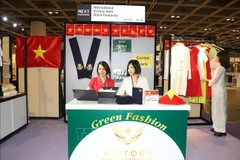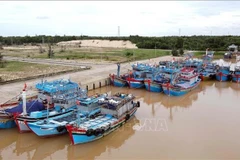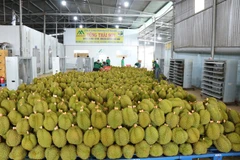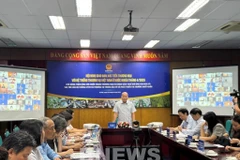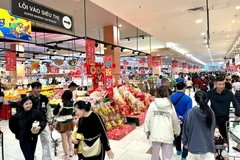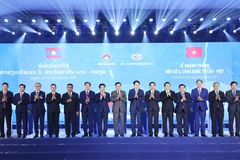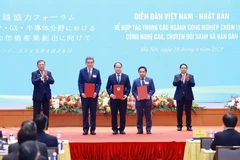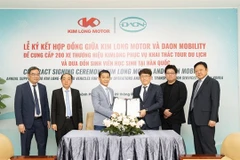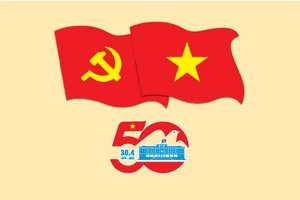This is indeed a major challenge for the country ata time when the world economy is forecast to face continuingdifficulties that will reduce consumption demands and lower the pricesof many types of export goods.
In addition, protectionism isgenerally increasing around the world, particularly in the form ofanti-dumping lawsuits and technical barriers, making it difficult forVietnamese exporters to develop markets and seek partners.
Thestructure of Vietnam's exports is also not optimised, with a lowproportion of processed goods and an abundance of low value-addedproducts (especially agricultural products), in addition to a heavydependence on imported materials and equipment from abroad.
Theexport revenue of foreign-invested companies accounts for a largeproportion of the total, particularly that of high-tech products such ascomputers and phones.
To fulfill the target set for 2014, theremust be close co-ordination between ministries, sectors and enterprises,with the leading role played by the Ministry of Industry and Trade.
Italso requires comprehensive measures to ease difficulties forenterprises and facilitate their business activities in gaining accessto loans, purchasing or leasing land and performing administrativeprocedures.
It is necessary to increase activities seeking outmarkets and those expanding and boosting trade promotion programmes,with the focus placed on developing countries, potential and emergingmarkets.
There should be policies put in place to support theconsumption and export of agricultural and aquatic products, in additionto major export products such as textiles and footwear.
Toreduce the dependence on imported materials, domestic production needsto be fostered, particularly the enhancement of supporting industriesand industries with great comparative advantages and high levels ofcompetitiveness.
The communication work and the role of theVietnamese trade offices abroad are also of great importance, as theywill expediently grasp the changes of policies and mechanisms related toexports, announcing them to domestic agencies which can then betterhandle potential problems.
This year, Vietnam is on the way tonegotiate free trade agreements with other partners, including theTrans-Pacific Partnership (TPP), which once signed are expected to openup big opportunities for the country's major exporting products.
Thus,domestic enterprises should utilise the favourable conditions from suchagreements to boost export and enhance the efficiency of exports toother member countries.-VNA

